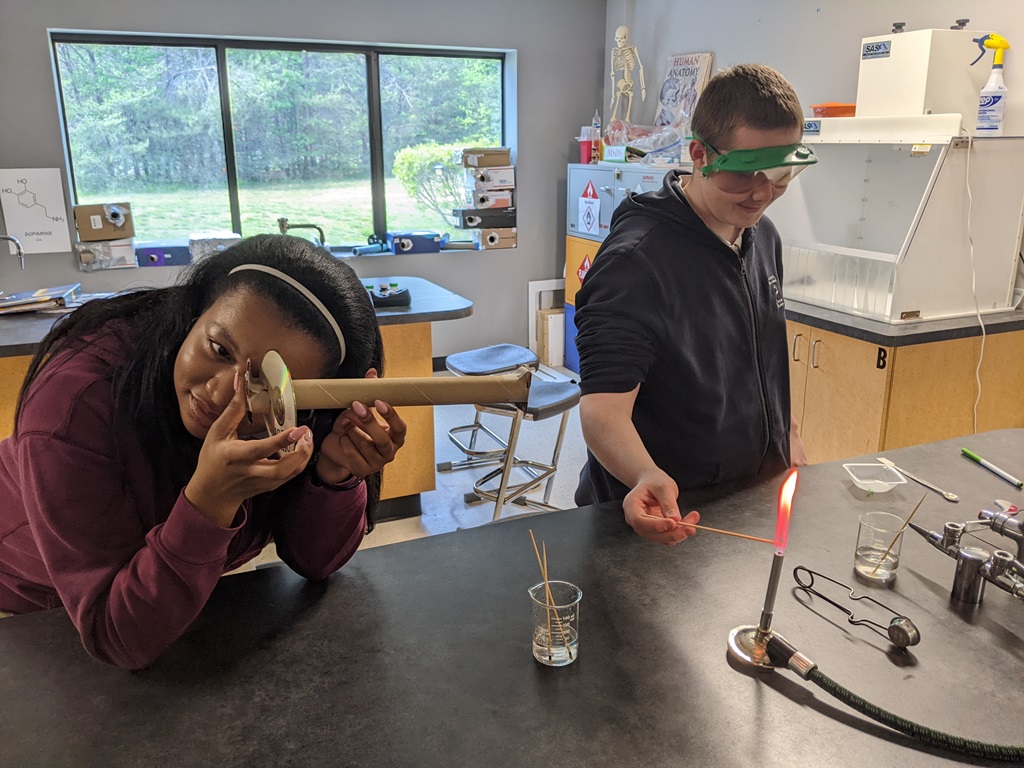Science Lab Happenings
Biological science classes have participated in a wide variety of laboratory activities this school year. The most anticipated laboratory activity by students has been the end of year dissection of a frog for biology students and a fetal pig for anatomy and physiology students. These labs were completed as an end of year practical for students to demonstrate the knowledge they learned regarding biological levels of organization and human body systems throughout the entirety of the school year. Biology students completed their frog dissection in pairs and each grouping had a great time discovering the similarities and differences of frog anatomy compared to human anatomy. The most exciting component for the students was the opportunity to guess at the stomach contents of their carnivorous frog. While some students had frogs with empty stomachs, others found their frogs to have recently eaten crawfish, turtles, shrimp, and insects. Additionally each student enjoyed comparing the differences in gender and size amongst their classmates’ frogs. Anatomy and physiology students completed a more technical fetal pig dissection for their end of the year laboratory practical. Anatomy students also had the opportunity to dissect single organ structures throughout the course of the school year to include a sheep heart, sheep eye, and sheep brain. For their final dissection, students worked in pairs to dissect and identify external and internal features of the fetal pig. The fetal pig is chosen as a final dissection for anatomy classes due to its close similarity to human anatomical structures. Students identify components from each eleven body systems on their fetal pig as they complete the dissection. Overall, the consensus amongst students this year was that the dissections were the best laboratory activity in their science class this year.
-Mrs. Weddle, Secondary Teacher

